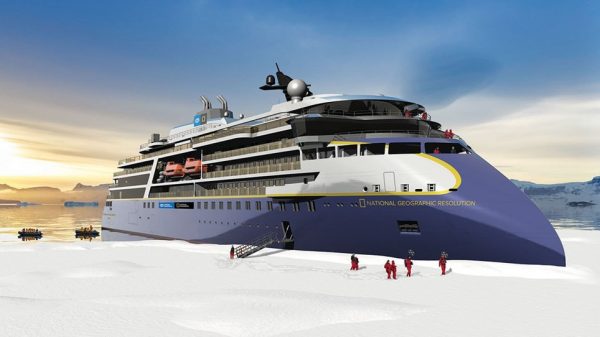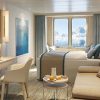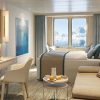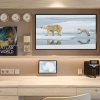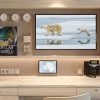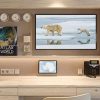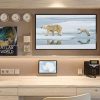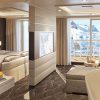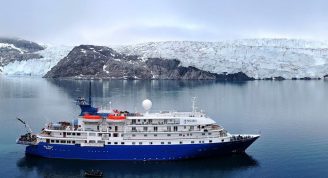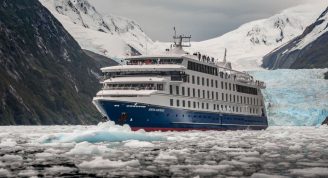Description
This voyage has it all: the impossible beauty of the Antarctic ice, the vast king penguin colonies of South Georgia, and the Falklands’ amazing albatross colonies. Not even the mass migrations of Africa can rival the awesomeness of seeing a king penguin colony of tens of thousands individuals stretching as far as the eye can see. You’ll have other rare sightings here too: massive, in both senses of the word, herds of elephant seals: and a wandering albatross stretching its 11-foot wings. It’s the impossible beauty of an Antarctica trip exponentially increased by unimaginable numbers of animals. For most travelers, visiting Antarctica is a once-in-a-lifetime experience. So for those with the luxury of time, including the Falklands and South Georgia just makes sense. And it makes for a genuine experience of a lifetime.


